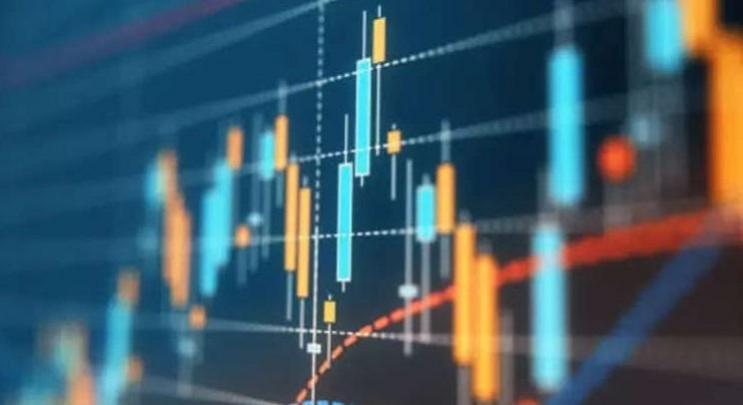
In a week full of political surprises, the Indian Indices saw high volatility but ended up gaining more than 3 per cent, buoyed by Prime Minister Narendra Modi's return for the record third term and RBI's monetary policy announcements.
The BSE Sensex hit a fresh all-time high of 76,795.31 while the Nifty reached a record high of 23,338.70. On Friday, the Sensex surged 2,732 points or 3.69 per cent to close at 76,693.36. On the other hand, Nifty went up 759 points or 3.37 per cent to end at 23,290.
The investors' losses prior to the new government's formation moves were almost recovered in just three trading sessions, at more than Rs 28 lakh crore. The BSE Small-cap index surged 3 per cent and Mid-cap Index also went up 3 per cent during the week.
The large-cap Index saw 3 per cent rise. The foreign institutional investors (FIIs) sold equities worth Rs 13,718.42 crore. On the other hand, domestic institutional investors (DIIs) bought equities worth Rs 5,578.71 crore. According to market experts, the Nifty moved up significantly after a flat closing in the previous trading session.

Going forward, the market remains a buy on dips as long as 23,000 is not broken. "On the higher end, the index might move towards 23500-23600. On the lower end, profit booking might occur only below 23000," said Rupak De, senior technical analyst, LKP Securities.
Bank Nifty has also shown bullish momentum, taking support near its 10-day moving average and forming a bullish engulfing candle on the daily chart. It closed near its resistance level, indicating strong buying interest.
The key resistance level for Bank Nifty is 50,500, while 49,200 will act as crucial support, said experts. The rupee also traded strong, appreciating by Rs 0.11 to close at 83.40 against the dollar.
This strength is attributed to ongoing capital market gains and a continued buying spree following the general election, with the market showing confidence in the NDA 3.0 government maintaining economic stability, the experts noted.
(With inputs from IANS)

















